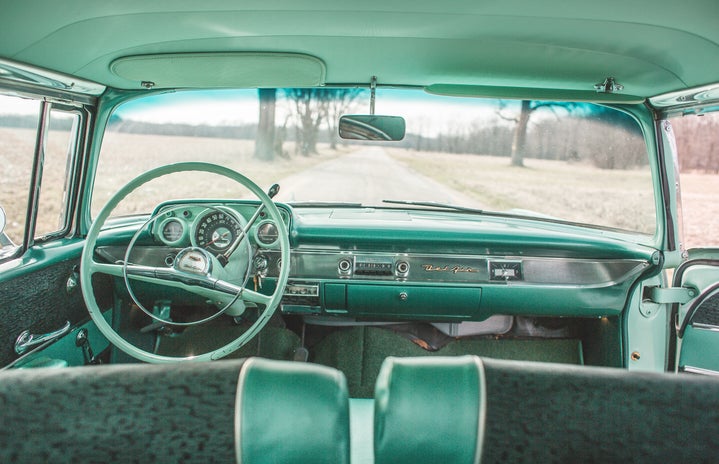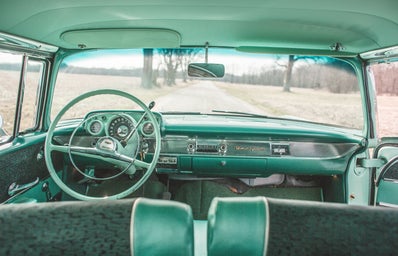I was in the fourth or fifth grade when my parents got divorced. For a few months, my siblings and I spent a lot of time being carted between our home and my grandmother’s home to visit our father. It was the same hour-long drive every time, past cornfields and Christmas tree farms and an upside-down house. My parents met halfway at a gas station or parking lot.
It was during these car rides that I learned why families fell apart, why parents didn’t love each other anymore and why children are so often caught in the middle. It was hearing bitter conversations between my parents and feeling so confused that I nearly screamed. It was sitting next to my brothers in the back row of a black sedan and wishing I was anywhere else. It was noticing anger in my father’s voice and wanting to be with my grandmother instead.
These car rides were the first change of many to come. They embodied the stressful experience that was the divorce process. I knew a lot more about life unraveling around you than a 10-year-old ever should.
When I was 15, my mother taught me to drive our family minivan. Behind the wheel of such a large vehicle, I was small and incapable. I barely knew which pedal was which. I could feel the weight of the car pulling me down as I accelerated. An oncoming stop sign made my heart race. I couldn’t use my turn signal without overthinking it first. In my mind, I was never making the right decision.
The anxiety I felt every time I drove had complete power over me. I spent months trying to get over it. Months of taking the same turn, coasting up and down the same hill, stopping at the same light. I drove until it became a comforting routine. Until I knew all the buttons and dials by heart. Until I could adjust the air conditioner or skip to a different CD without taking my eyes off the road. Until I knew when to start braking and how sharp I needed to turn the wheel at every turn. I drove until I could roll the windows down and feel safe.
By the time I was 17, driving had become synonymous with my independence. Though it still caused me anxiety at times, I had largely overcome my fear. Driving around was how I bonded with my friends, relieved stress and learned to trust my instincts.
I was in the passenger seat of my boyfriend’s car the first time he told me he loved me. It was a warm summer night, and we had both just gotten off work. We drove around, picked up food and finally parked near the river that runs the length of my hometown. It was past midnight, and the sunroof of his car was open. For a while after we finished eating, neither of us said anything. We sat there and looked up at the stars. We sat quietly for so long that I knew he was building up the courage to say something.
When he finally broke the silence, I shouldn’t have been surprised but still was. It was the first time I believed it when a boy said that to me. It was the first time someone had been completely vulnerable with me. It was the first time I could see beyond myself and into someone else.
I have grown up in the backseats of my parents’ cars, in the driver’s seat of my minivan and in the passenger seat of my boyfriend’s coupe. When I learned to drive, I was not the same little girl who was hauled between houses. And when my boyfriend confessed his feelings, I was not the same teenager who couldn’t drive around the block without panicking. Little by little, I grew up in parked cars and school buses, on road trips and short drives, in pick-up lanes and exit ramps.


